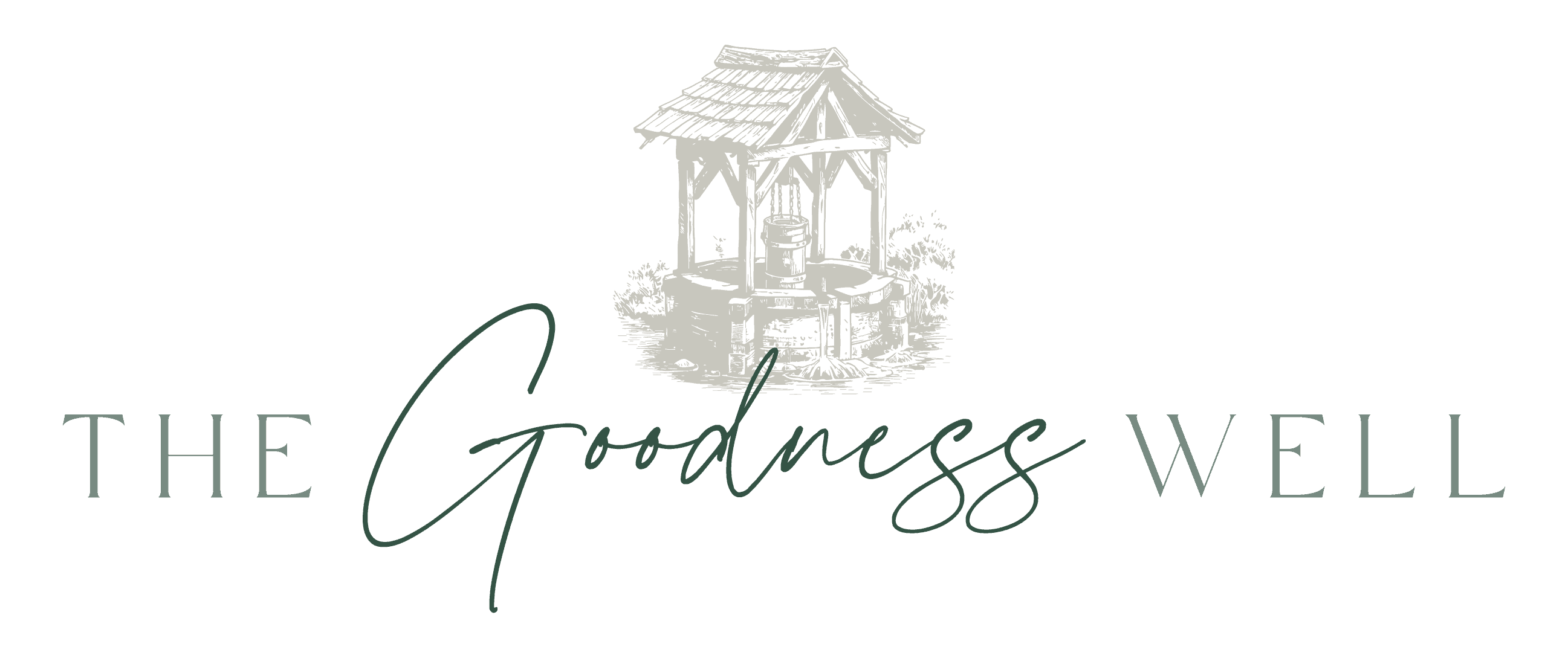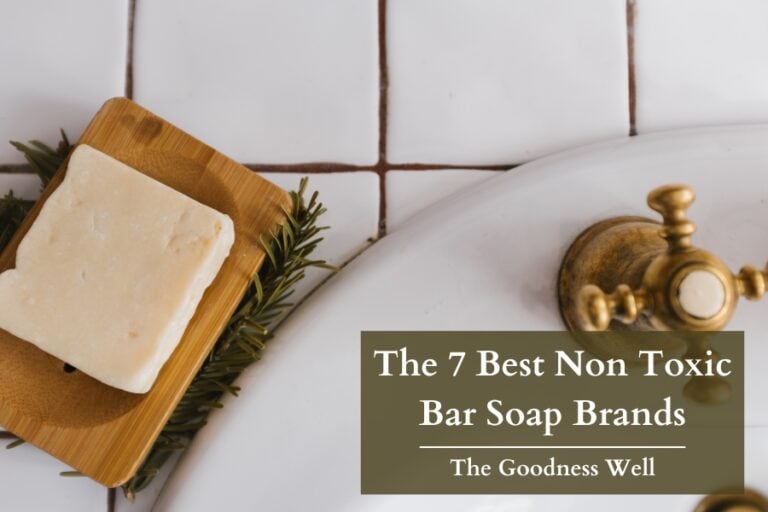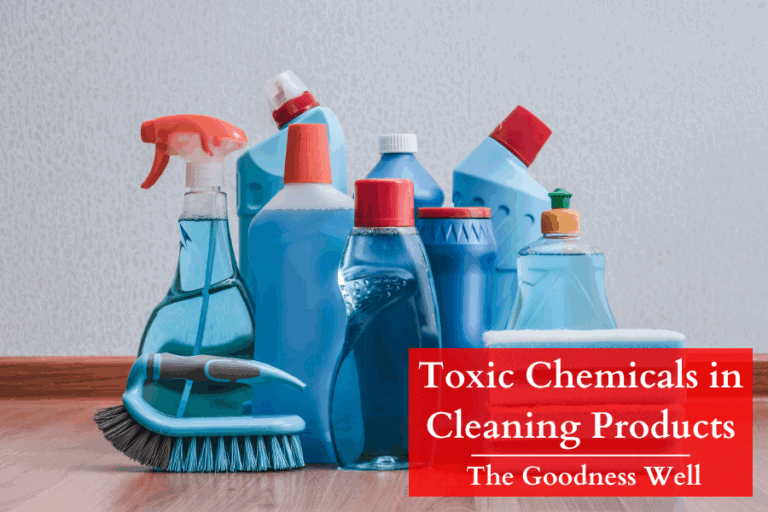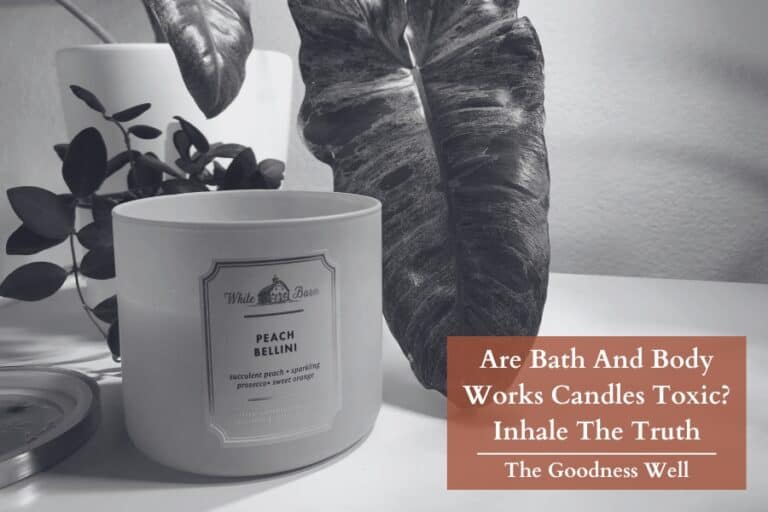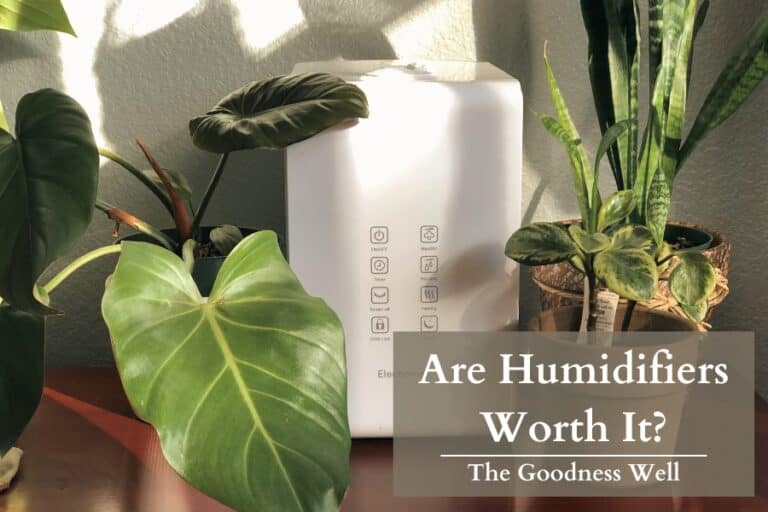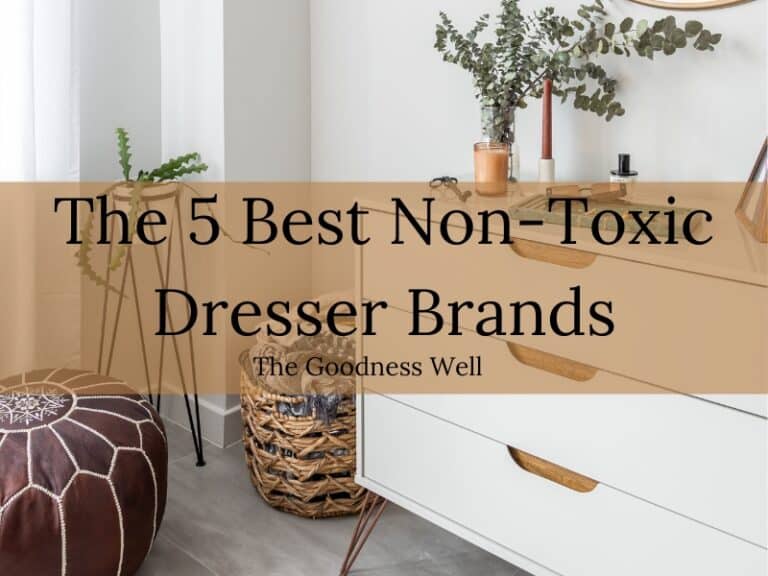Is Particle Board Toxic? The Hidden Hazards In Furniture
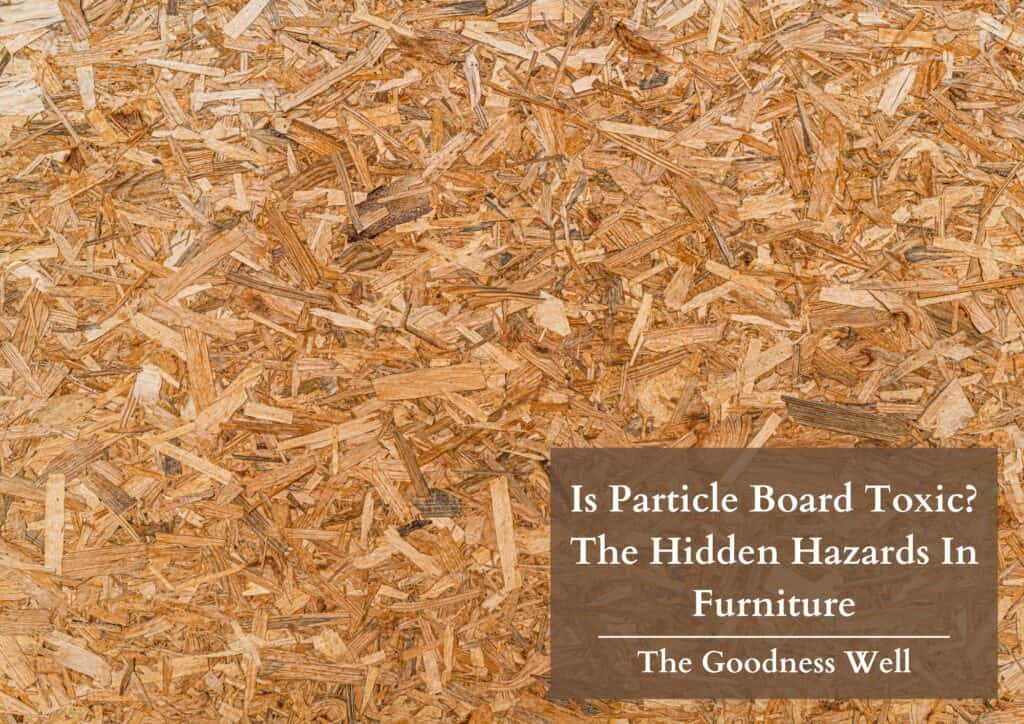
You know, the wood that’s probably in at least a few pieces of your home furniture.
While this material can be a cheaper and pretty useful alternative to solid wood, it might be compromising your health and the environment.
So let’s talk about it.
TL;DR
Is Particle Board Toxic?
Yes, particle board is toxic. The glues that hold particle board together contain harmful chemicals like formaldehyde, a VOC that off-gasses at room temperature and that’s linked to health risks including cancer. While the manufacturing of particle board is less resource-intensive than solid wood, their durability and shorter lifespan mean they will need to be replaced more often, leading to increased landfill waste, and in turn leaching their harmful chemicals into the environment.
What Is Particle Board? 💭
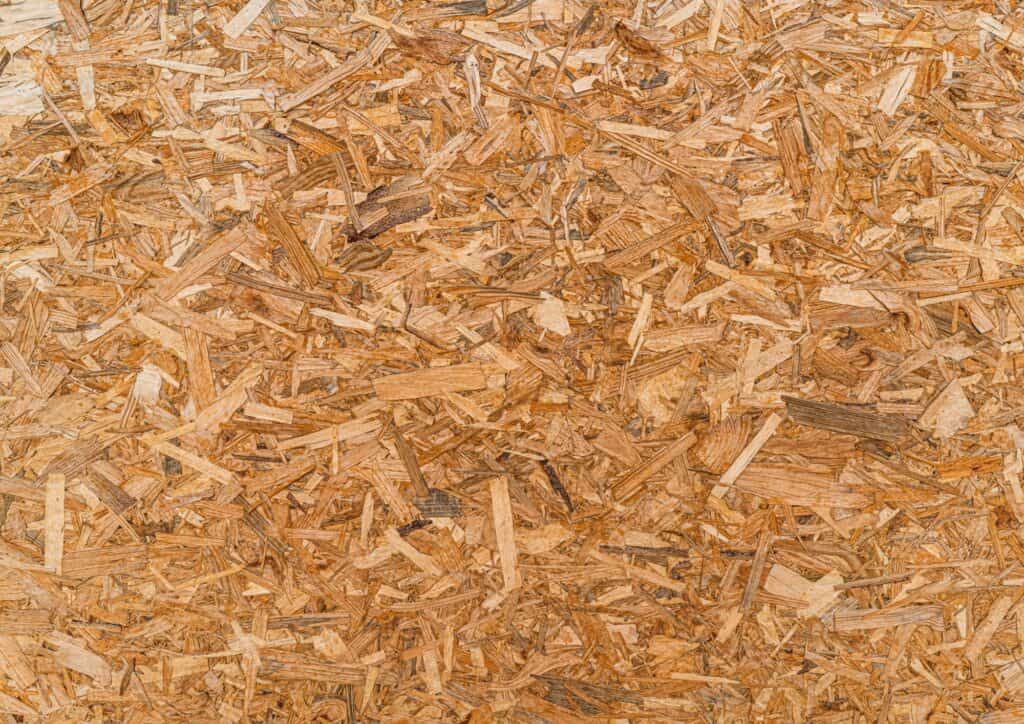
Particle board, also known as “chipboard”, is an engineered wood made by compressing and binding wood particles, like wood chips, sawmill shavings, or sawdust, together with a synthetic resin like formaldehyde.
These wood particles are usually the waste or byproducts of other wood processing activities like lumber milling, furniture manufacturing, sawmills, etc.
You might see why it’s pretty inexpensive to use.
And you’ve probably seen it in a lot of different places without realizing it.
Common Items Containing Particle Board 🪑
- Furniture: Dressers, desks, tables, bookshelves, and bed frames.
- Cabinetry: Many kitchen and bathroom cabinets are made with particleboard
- Countertops: Can serve as a core material for countertops
- Subflooring: Used as a subfloor material under carpeting or other floor coverings.
- Wall Paneling: Can be used for interior decorative wall panels
- Doors: Some hollow-core interior doors use particle board as a core material
- Shelving: Used for shelving in both residential and commercial settings, especially when the shelves will be painted or covered with another material
- Speaker Boxes: Sometimes used in the construction of speaker boxes due to its density and acoustic properties
- Insulation: Used as an insulating material
- Underlayment: Used as an underlayment beneath other materials, like laminates.
- Crafts and DIY Projects
Even some of the most popular furniture stores use particle board like Ashley’s Furniture, IKEA, and Article.
“Ok, so is it toxic?”…
Is Particle Board Toxic?
Since being labeled as “toxic” can refer to the effect it has on health and/or the environment, we’ll talk about both aspects here.
Environmental Effects
Particle board does have a couple of positives in terms of eco-friendliness, including:
- Resource Efficiency: Particle board is made from wood waste like sawdust and chips that would otherwise be discarded.
- Energy Efficiency: Making particle board requires less energy compared to processing solid wood.
While these sound great, in the end, particle board is still toxic to the environment overall due to a couple of factors:
- Shorter Lifespan: Particle board is less durable than solid wood which means frequent replacement and more waste over time.
- Toxin Leaching: Once particle board is thrown out, it ends up in landfills. Over time the toxic glues and resins will off-gas and leach into the environment, contaminating the soil and habitats nearby.
As you might have guessed, these toxic glues aren’t any good for our health either.
Health Effects
Particle boards heavy use of synthetic resins like formaldehyde to hold it together makes it an unsafe material to keep in your home.
You might think, “Well I’m not eating my furniture, so I should be fine!”
Not exactly. You still ingest formaldehyde when it’s contained in furnishings around you.
How?
Formaldehyde, a volatile organic compound (VOC), even at room temperature, will “off-gas” from the materials it’s contained in. This means it turns into a gas, filling the air in your home, and in turn inhaled by the people living in the home.
Increases in home temperature can especially pump up the rate at which formaldehyde off-gasses; the hotter it is, the more off-gassing that occurs.
The health effects associated with formaldehyde exposure include:
- Throat, eyes, and nose irritation
- Dizziness
- Nausea
- Headaches
Long-term exposure to formaldehyde is even linked to cancer.
It isn’t even just formaldehyde that can off-gas from particle board. Other harmful chemicals include:
- Acetaldehyde
- Phenol
- Benzene and Toluene
This is the reason we go for furniture without any harmful chemicals in it. We’ll show you a few examples here.
Non-Toxic Alternatives to Particle Board
There are actually a bunch of non-toxic furniture brands out there!
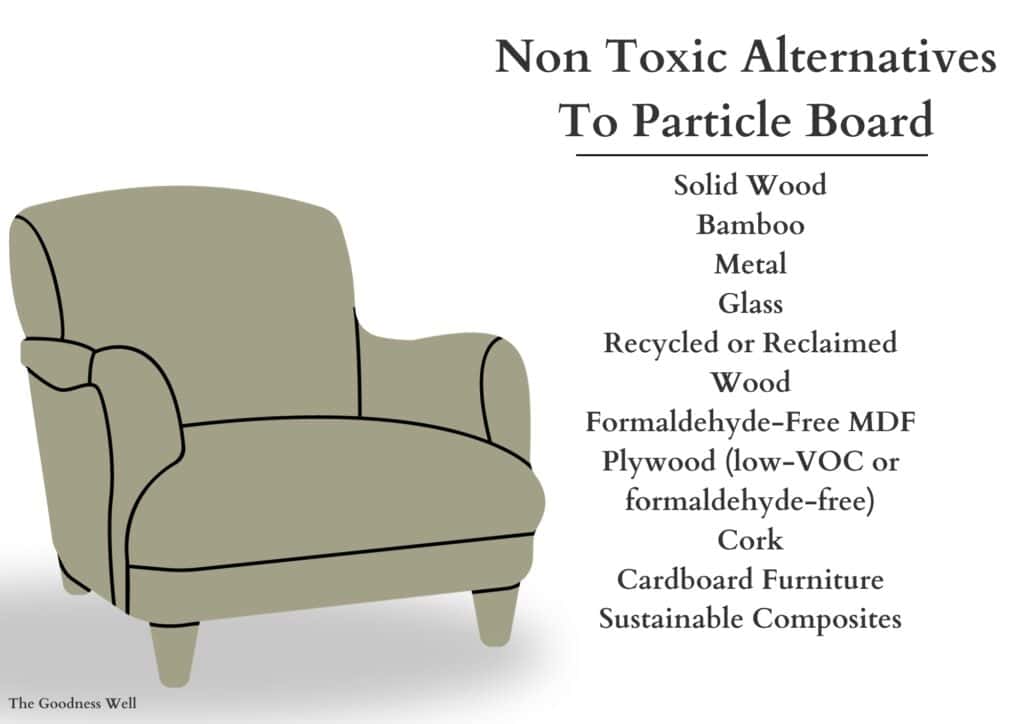
However, it’s key to be aware of the ones that are actually producing safe, sustainable furniture that won’t off-gas harmful chemicals (or if they do, it is very, very low amounts).
To identify these companies, be sure they have at least one of the following third-party certifications:
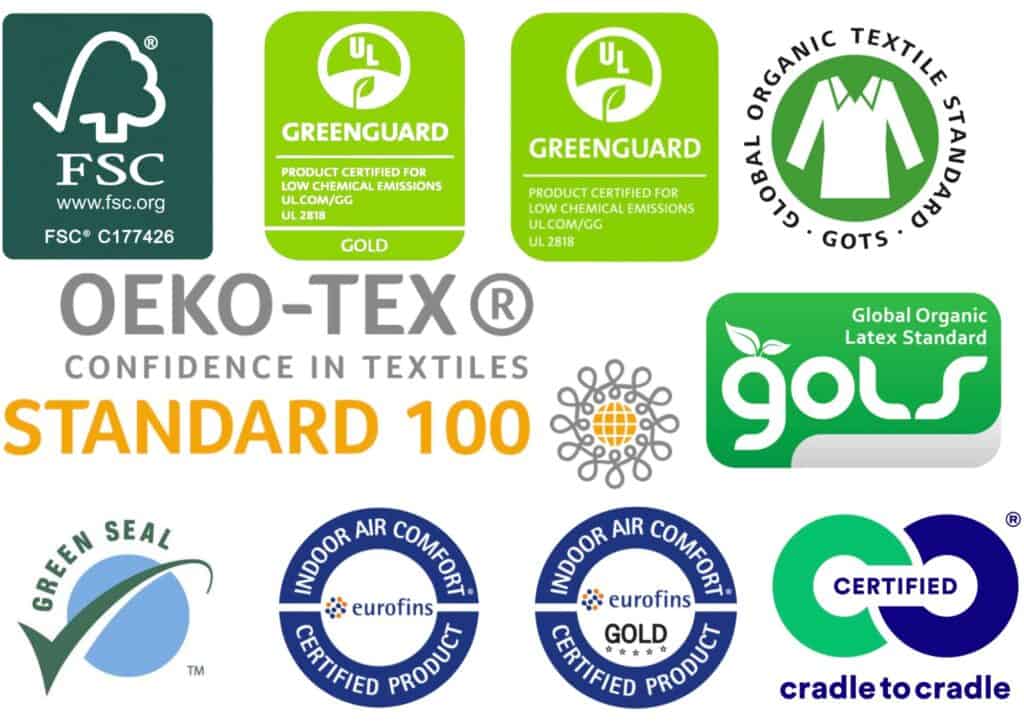
These certifications ensure your products are safe from harmful chemicals. They focus on low formaldehyde emissions, reduced VOCs, sustainable sourcing, and strict testing for chemical safety in wood products, textiles, and furniture.
They basically help prove that what the brand is claiming is true! So they’re important to look for.
What If I Already Have Particle Board Products?
Most of us (yes, even including our home) have some particle board furniture.
But don’t panic! There are ways you can lower your exposure without having to toss out particleboard furniture.
To start, try some of these super simple ways that will lower indoor air pollution and of course, protect you from any off-gassed chemicals.
- Invest in a quality air purifier
- Keep furniture made from particle board in a well-ventilated area where there’s good airflow, maybe even by a window
- Regular cleaning and dusting!
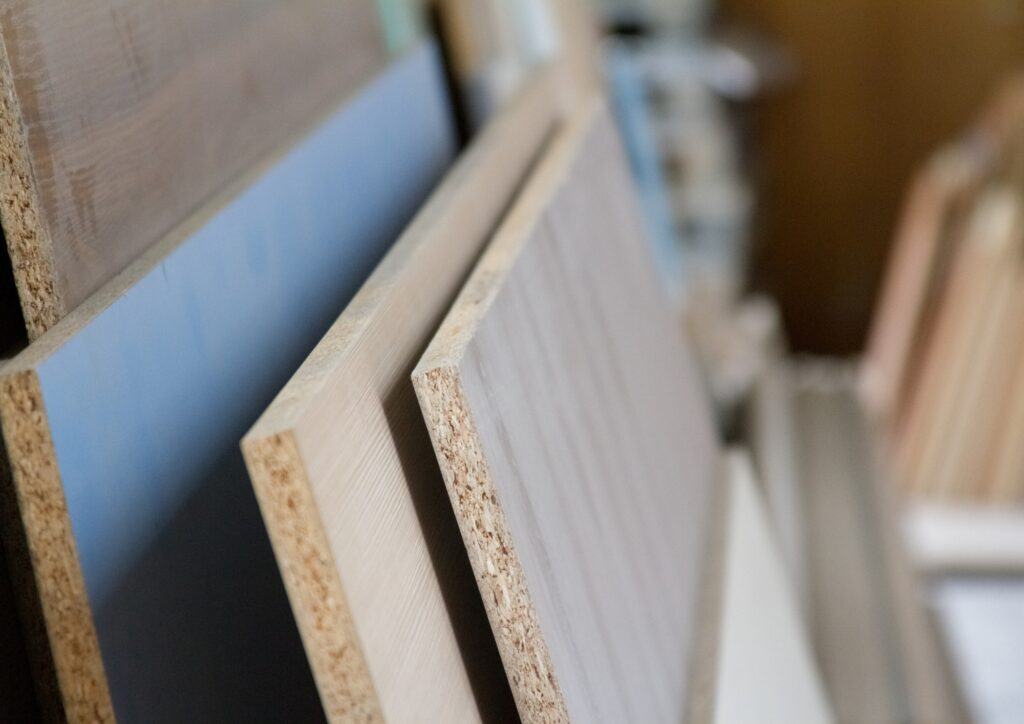
Final Thoughts
So while particle board may have some positives like it’s cheap, made from wood waste, energy efficient, and overall pretty versatile in its uses… it still can expose you to some pretty serious risks.
The glue in particle board is what makes it toxic. But the good news is that there are non toxic alternatives to particle board and there’s even some particle board made using glue with low or no formaldehyde content.
Just be aware of the materials used in the making of a product and always look for certification so you’re getting a safe product.
